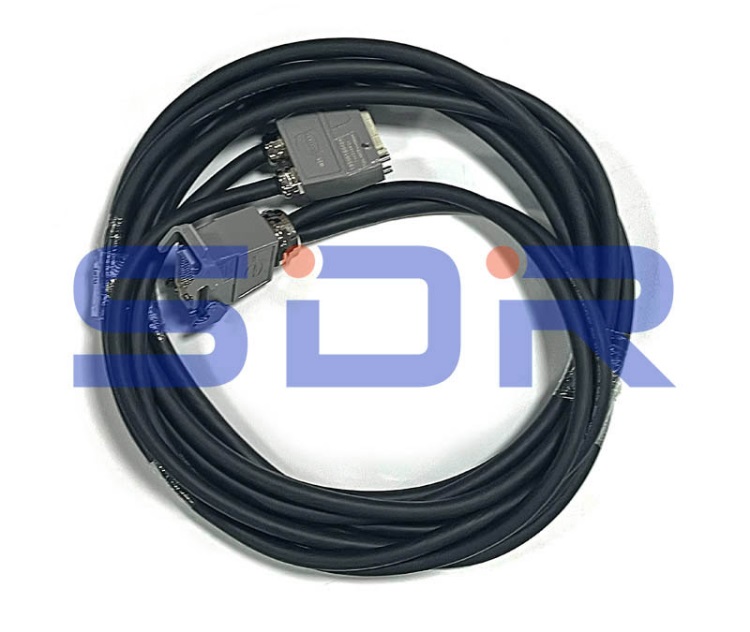Fanuc Robots are highly prized in industrial automation for their superior accuracy, reliability and wide range of applications. To ensure that these robots are able to perform their tasks accurately, Encoder Cables play a vital role as their key component.

What is an Encoder Cable?
An encoder cable is a cable used to connect a robot's encoder to the control system. Encoders are sensors mounted on each of the robot's joints that are used to monitor and report the position, velocity, and orientation of each joint. The encoder cable is responsible for transmitting this data from the encoder to the robot's controller, ensuring that the robot is able to accurately complete its intended task.
Basic Functions
1. Data transmission:The core function of the encoder cable is to transmit data. The encoder collects position and motion data from the robot in real time and transmits this data to the control system via the cable. The control system uses this data to adjust the robot motion for precise control and positioning.
2. Signal Integrity Guarantee:Encoder cables are designed with high signal integrity to ensure that data is not lost or distorted during transmission. Cables are typically equipped with a shield to protect the signal from electromagnetic interference (EMI) and radio frequency interference (RFI) to ensure signal stability and accuracy.
3. Power supply:In addition to data transmission, encoder cables may also provide the necessary power supply for the encoder to function properly. The power supply lines inside the cable are responsible for providing a stable voltage and current to the encoder to ensure proper functioning.
4. Error Detection:Encoder cable designs often include an error detection feature that monitors the transmission status of the signal and detects any possible transmission errors. In this way, the system is able to identify problems and take corrective action in a timely manner, thus keeping the robot functioning properly.
Principle of operation
1. Signal Acquisition:The encoder monitors the robot's joint positions in real time via photoelectric or magnetic sensors. The sensors convert this position data into electrical signals that are transmitted to the control system via the encoder cable.
2. Data encoding:The encoder internally converts position, velocity and direction information into encoded signals. These encoded signals include incremental encoded signals, which are used to measure positional changes, and absolute encoded signals, which provide the absolute position of the joint.
3. Signal transmission:The encoder cable transmits the signals generated by the encoder to the control system. In this process, the conductors inside the cable are responsible for transferring the electrical signals from the encoder to the controller, and the shielding prevents external interference from affecting the signal quality.
4. Signal decoding and processing:The control system receives the signals transmitted by the encoder cable and then decodes and processes the signals. The system adjusts the position, speed and direction of the robot's joints based on the received data to achieve precise control and operation.
5. Feedback Adjustment:The control system makes real-time adjustments according to the data provided by the encoder. If there is a deviation in the task performed by the robot, the system will adjust the movement in time through the feedback mechanism to ensure that the task is completed as expected.
Fanuc Robot Encoder Cables play a key role in ensuring precise control and stable operation of robot systems. By transmitting encoder data, ensuring signal integrity, providing power, and detecting errors, encoder cables help robots achieve highly accurate motion control. Understanding the basic functions and workings of encoder cables helps to better maintain and optimize Fanuc robotic systems, ensuring their efficient operation in industrial automation.